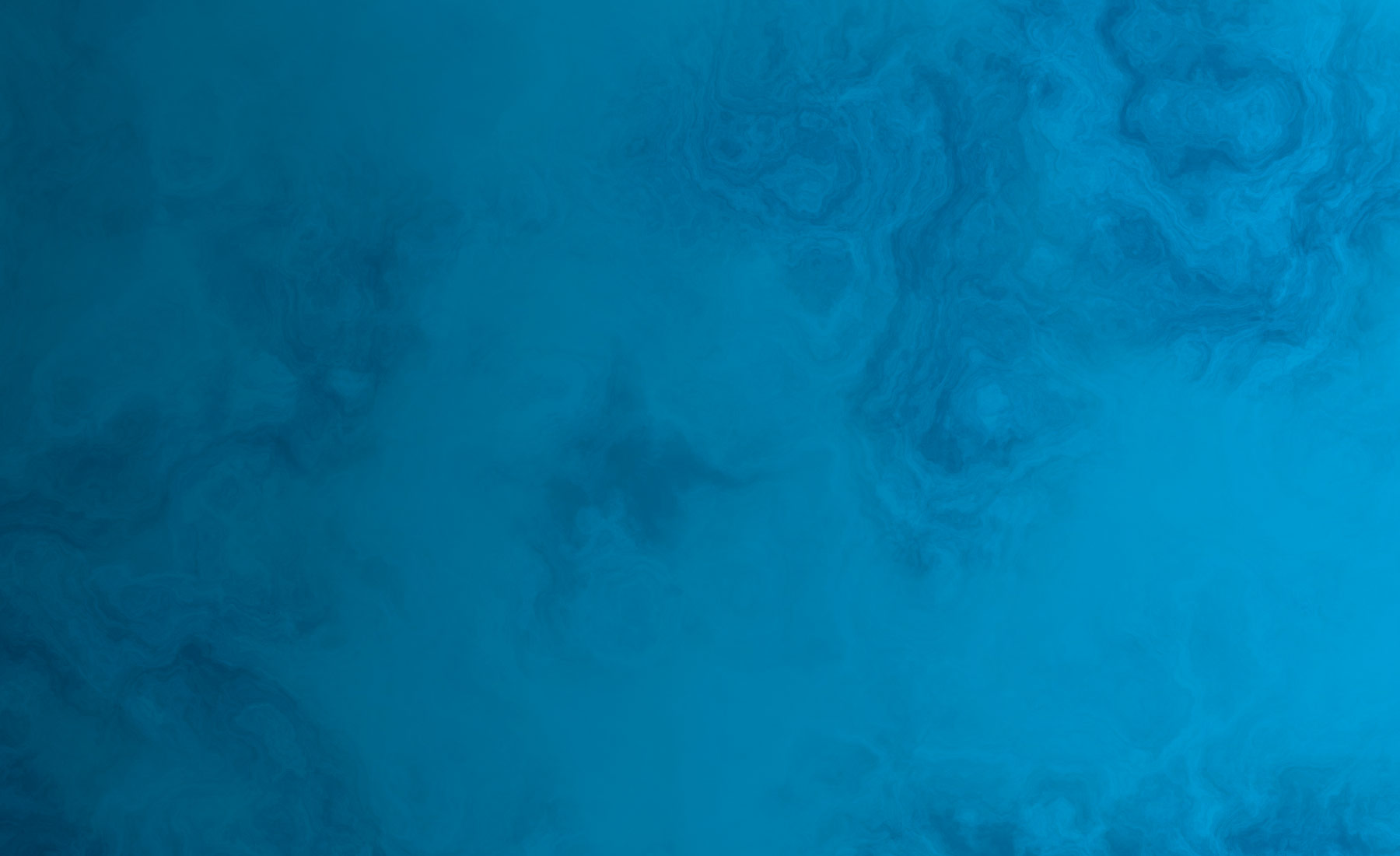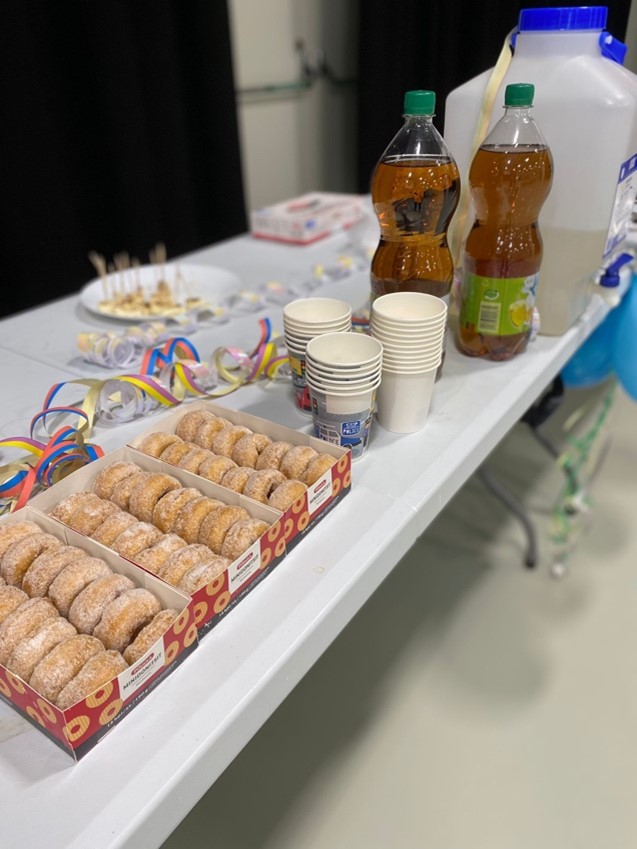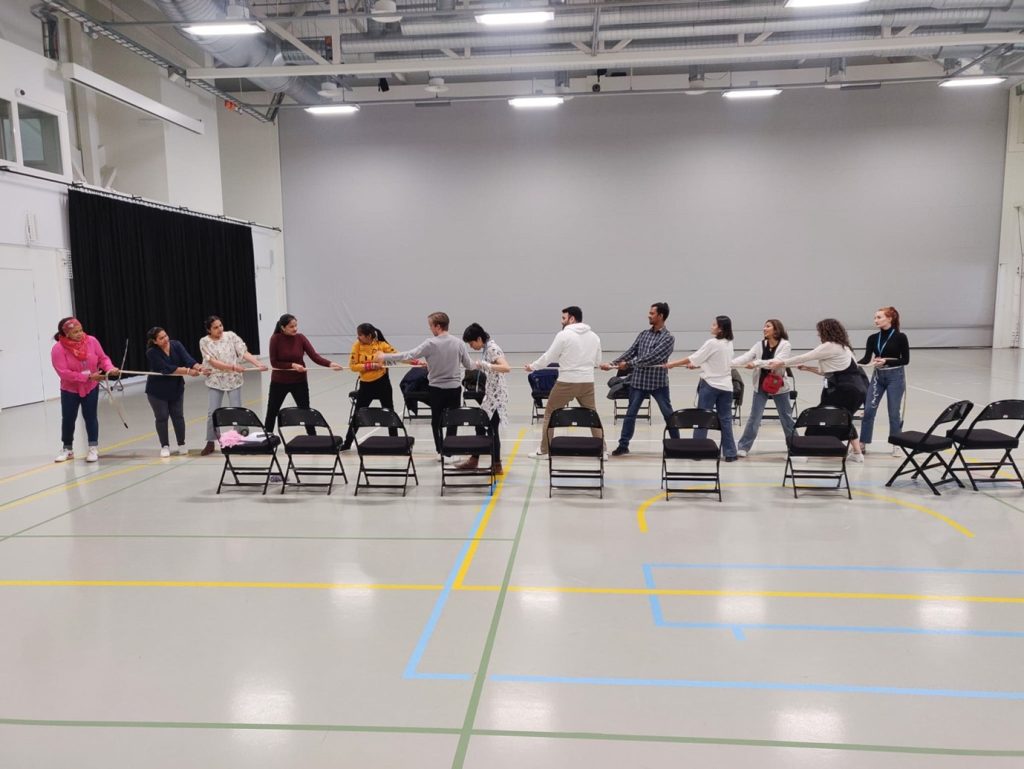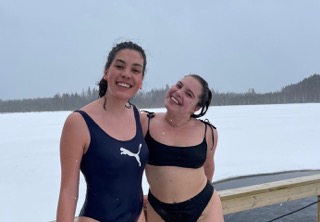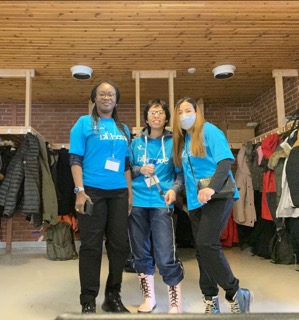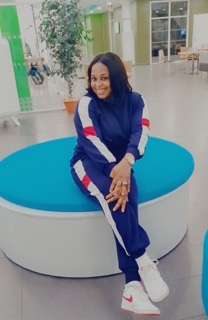Written by nursing student Hanna Rauvola
On the week 47 (20.11.-27.11.2022) was the celebration of nationwide mental health week. Mental health week has become a national tradition, which has timed on the week 47 since 1974. The week starts yearly with the candle event on Sunday of the week 46. At this event the candles are lighted up in memory of those who have lost their life through suicide. This year the theme was chosen to be hope: “The good will start before the struggles will end”. The point is to remind, that no one needs to be completely intact to also feel the good sides of life, there’s always hope and there’s always someone that understands.
Mental health touches us all and evokes many kinds of thoughts and feelings. When your mental health is in order, you may not think about it actively, but difficulties in mental health can come along in any stage of life regardless of age. Mental health week is here to remind all of us about the importance of our own and others mental well-being, cherishing it and about the right to get help in difficult moments, every day and throughout the year.
Pandemic years, the war in Europe, loneliness, climate anxiety, financial worries…For the last few years, we have faced many challenges affecting to individuals and environment. These challenges have burdened people’s well-being in incredible ways and many of us might have experienced different kinds of difficulties or struggles with mental health especially during these few years, not to mention those who struggle even without these extra challenges.
What is mental health?
Mental health is the main part of overall well-being and health. WHO defines mental health as a state of well-being, where an individual is able to see its own abilities, survive from different kinds of struggles in life, work and take part in community activities. It includes the knowledge of own abilities and bounds, skills to recognize and handle own feelings as well as psychological flexibility in change and problem situations.
Many things affect in mental health and the experience of own mental health is very individual, because every one of us have completely individual and unique lifepath which strongly affects in own recourses.
Factors that protect and weaken mental health
Protection- and risk factors can be divided in internal and external factors. Internal protection factors include physical health and genetics, taking care of own well-being, everyday choices that are good for own well-being, good self-esteem and problem-solving skills, emotional- and interaction skills, ability to create and maintain good relationships as well as acting according to own values. External protection factors include childhood experience and good early relationships, positive family relationships, social support and the experience of being accepted the way you are, educational opportunities, work and subsistence, support received from the working community, being heard and appreciated, opportunities to influence, a safe living environment as well as near and easily accessible assistance services.
Internal risk factors mean individuals genetic risks and predisposition to illness or the illness to become true. External risk factors are independent of the individual and are for example financial difficulties, homelessness, stressful relationships, dangerous living environment, discrimination and minority stress as well as traumatic experiences.
Various forms of support and services
As an important starting point is an individual’s control of everyday life and taking care of healthy lifestyle: enough sleep, high quality and sufficient amount of food as well as exercise. Also social network, good relationships, hobbies and including things that bring you pleasure into your everyday life strengthen and maintain mental health. Different kinds of relaxing and mindfulness -exercises might fit for some people, and you will find these exercises for example from “Suomen mielenterveys ry” -web sites. However, sometimes your own resources are not enough to correct reduced mental health and external support is necessary.
YTHS offers different kinds of services for university students, for example local- and remote receptions. In YTHS services work multiprofessional team that consists of many healthcare professionals from different fields. At first, you need to contact the assessment of the need for treatment either in Selfchat or by phone, where your situation and urgency of treatment will be charted, you will receive self-care instructions and you will be directed to the necessary services or treatment. Alternatively, if you already have a permission to make an appointment, appointment can be booked independently in the Self-online service.
Reception for adults and reception for young people are arranged by Pori basic security (Porin perusturva). Reception for adults is meant for over 23-year-olds and reception for young people is meant for under 23-year-olds. These services are meant for short-term help and support needs, for example in crisis situations of life, relationship issues as well as in situations concerning mental health or substance use. Visits are free of charge and conversations are confidential. You can contact the reception by phone, book an appointment with doctor’s referral or alternatively go to the reception during appointment-free reception time:
- Reception for adults appointment-free times (over 23-year-olds)
- Wednesdays at 9-11.30 and 12.30-14.30
- On Fridays at 8.30-11.00
- Reception for young people appointment-free times (under 23-year-olds)
- On Thursdays at 12.00-15.00
Those times are mainly settled but exceptions are possible. By looking from the internet, you will easily find the information about the current opening hours.
The third sector, in other words the organizations also produce different kinds of low threshold services nationwide, for example MIELI ry crisis phone, Sekasin-chat, Sekasin Gaming and Solmussa-chat. In addition, there’s also available different kinds of peer support groups, online therapies and self-care trainings. It’s important that you think the most suitable service for you, which offers the help and support according to your own needs.
- MIELI ry’s crisis phone serves throughout the year and is available in finnish 24/7 as well as in Swedish, English, Arabic, Ukrainian and Russian on weekdays for a limited time. Calling to the crisis phone is anonymous and confidential. Numbers for crisis phone in different languages you will find by opening the link below:
https://mieli.fi/materiaalit-ja-koulutukset/materiaalit/kriisipuhelin-juliste/
- Sekasin-chat is meant for 12-29-year-olds. It is nationwide conversation platform, where you get to talk about mind boggling things anonymously and confidentially. On the other side of the chat works the professionals and trained volunteers of the organization. Chat is open every day throughout the year from Monday to Friday at 9-24 as well as on Saturdays and Sundays at 15-24.
- Sekasin Gaming is a Discord-community for 13-29-year-olds and it shares social support for those who need it: conversation company and peer support in a safe and professionally moderated active platform.
- Solmussa-chat serves adults regardless of age from Monday to Thursday at 15-19. You can find the chat from Tukinet-web site. The service is free of charge, anonymous and there you can discuss about any mind boggling things or difficult stage of life totally confidential. On the other side of the chat works either well-trained volunteer or a professional of social- and health care.
If you are worried about your own or your loved one’s ability to cope, it is important to have the courage to talk about it despite of the difficult topic. Mental health problems often don’t show visible symptoms but should be treated just like other illnesses, and sometimes the experience of being cared is crucial for an individual. So, let’s remember to take care of ourselves and others!
Sources:
https://www.mtkl.fi/tiedotteet/mielenterveysviikko-starttaa-teemana-on-tana-vuonna-toivo/
https://mieli.fi/vahvista-mielenterveyttasi/mita-mielenterveys-on/mista-mielenterveys-rakentuu/
https://sekasin247.fi
https://www.pori.fi/sosiaali-ja-terveys/mielenterveys-ja-paihdetyo/aikuisten-vastaanotto
https://www.pori.fi/sosiaali-ja-terveys/mielenterveys-ja-paihdetyo/nuorten-vastaanotto
https://tukinet.net/teemat/solmussa-chat-783075200/
https://mieli.fi/vahvista-mielenterveyttasi/harjoitukset/
https://www.punainenristi.fi/hae-apua-ja-tukea/auttavat-puhelimet-ja-palvelut-kotimaassa/
https://terapiatalonoste.fi/tietopankki/?gclid=EAIaIQobChMI1YzH65PU-wIVv0WRBR0cJQwaEAMYASAAEgLjafD_BwE
https://mieli.fi/materiaalit-ja-koulutukset/materiaalit/kriisipuhelin-juliste/
https://tukinet.net/teemat/solmussa-chat-783075200/
https://mieli.fi/materiaalit-ja-koulutukset/materiaalit/kriisipuhelin-juliste/
